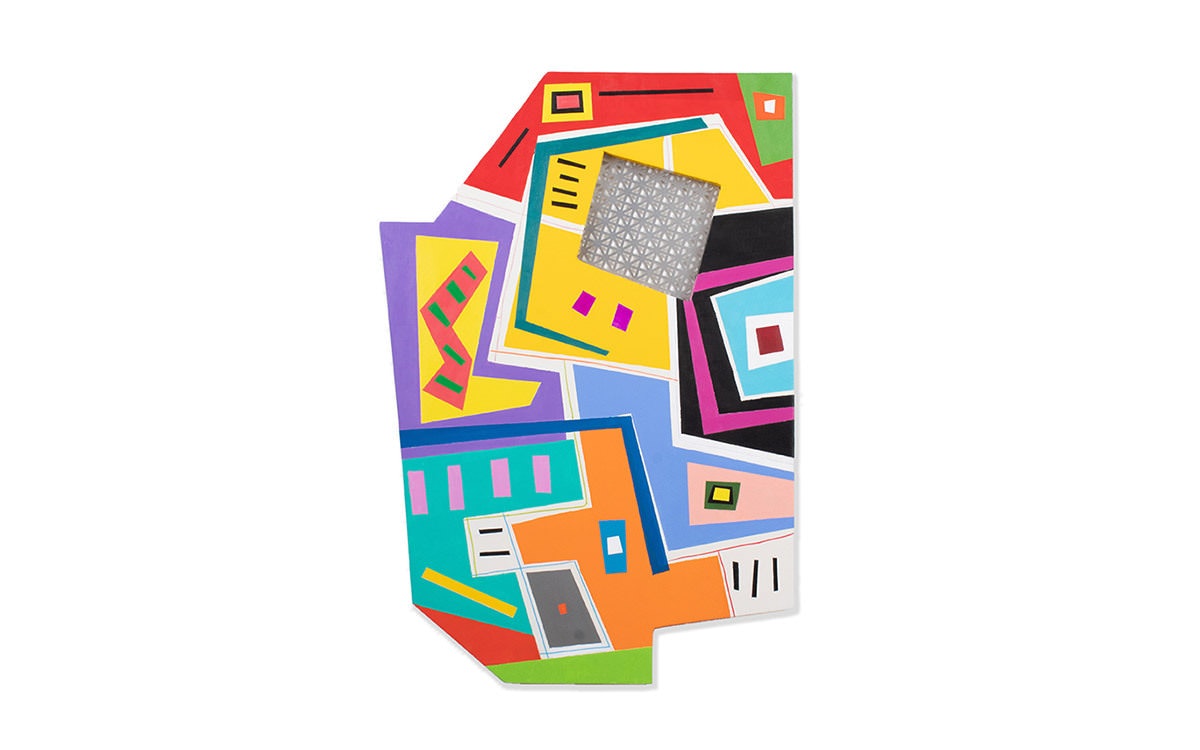
Summer Show 2019 - La Galleria Pall Mall
The Summer Show is curated and organized by La Galleria Pall Mall following a series of popular, well received and attended collective shows.
Monday - Friday 10.30 - 18.00 Saturday 11.00 - 16.00 Summer Show 2019 Private View: Thursday 4th July 18.00 - 20.30 Please RSVP to galleriespallmall@gmail.com
Here’s some information about participating artists.
Shua'a Al Muftah
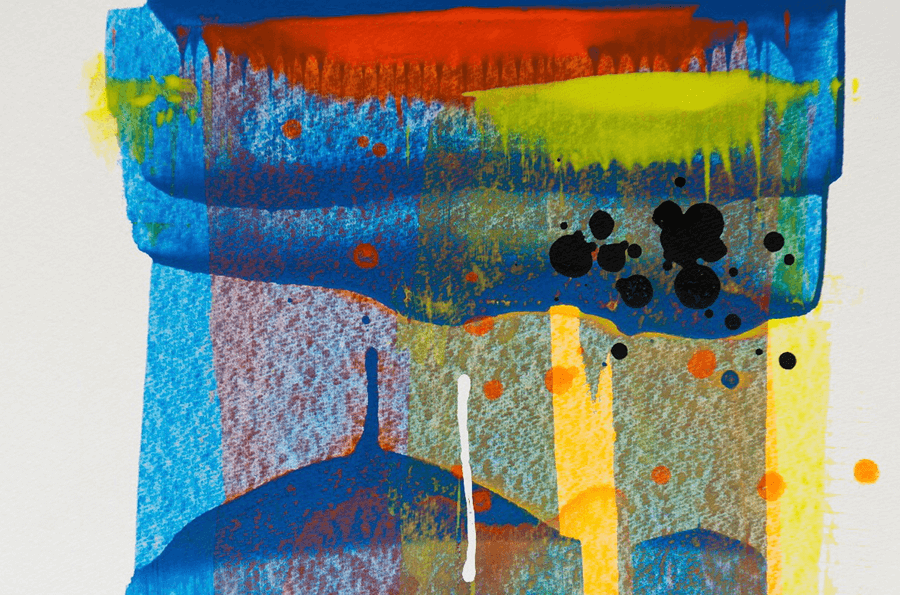
For the Faces collection Shua’a tries to add expression and emotion to spontaneous abstract markings. The focus has shifted into conveying the complex and striking beauty of women while highlighting their boldness and strengths through energetic and explosive brushstrokes and colours. Furthermore, the prominent overlapping of different layers and strokes of paint in my recent work accentuates the concept of the little fragments and experiences in life and how they build a bigger picture of one’s identity. The scraping and splashing techniques are used for contrasting the colours as well as demonstrating the tools used to create each segment and layer to reach the final stage.
Ayan Aziz Mammadova
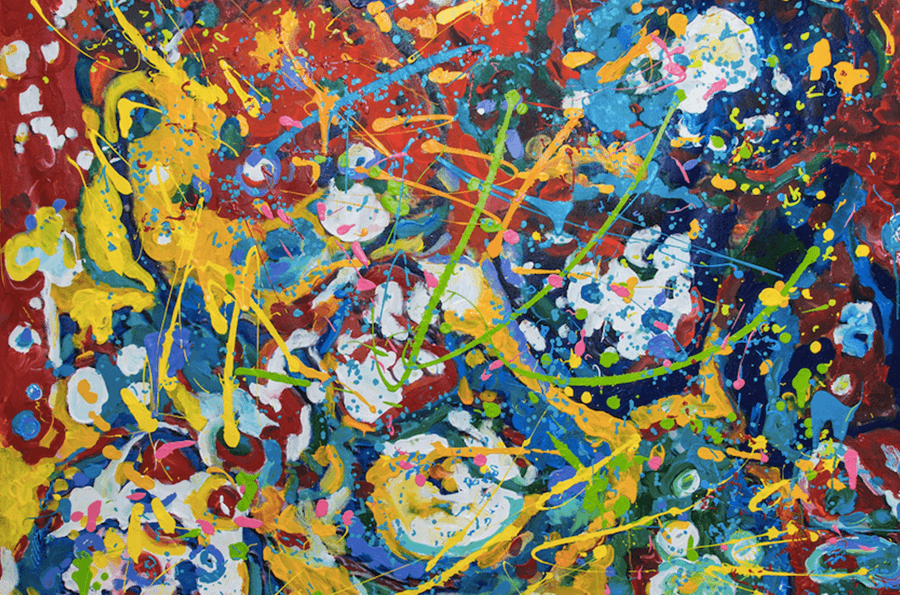
Ayan Aziz lives in her inner world, from where like solar protuberances that splash her imagination onto canvases... In her works, there is a lot of expressions and mood swings. They are generally very female in nature. This is the creative method of Ayan to turn her creativity into the mirror of one’s soul.
Caroline Anderson
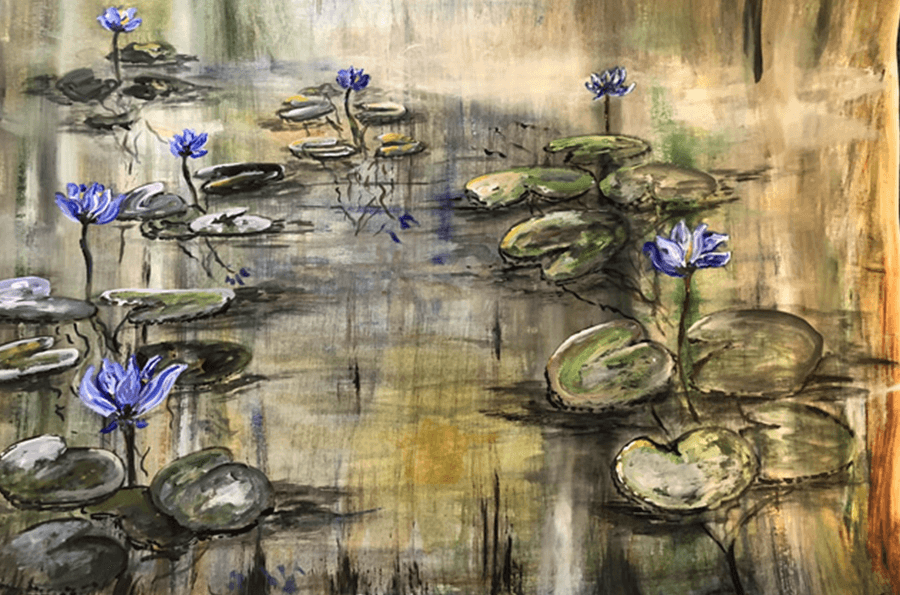
One of the influences in my paintings seems from years spent living near the sea and watching the Sea and Skys interreflections. The other is based on the Buddhist philosophy Birth - Death - Rebirth, and the emotional stages in life. Separation - Isolation - Connection. I studied fine art in England and Paris and exhibited in London and Sussex. In 2021 I have a solo exhibition in Manhattan USA. My professional life is divided between my Clinic Creative Arts Psychotherapist and the Garden Studio.
Katarina Andjelkovic
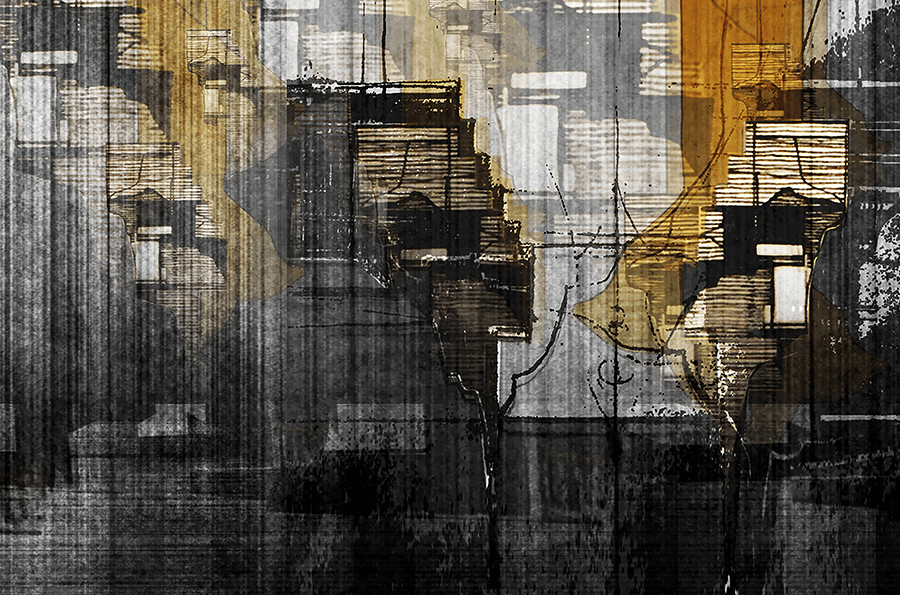
“The Generalštab building as image: A history decomposed” series of drawings attempt to apply the montage theory of cinema to the practice of hand drawing. I’m interested in representing the possibility of generating the history of the Serbian Military HQ [Generalštab building] through a sequential visual representation. My work deals with capturing the consequence of the destruction and reconstructing the image of bombing following the compression and prolongation of time.
Scott Bauer
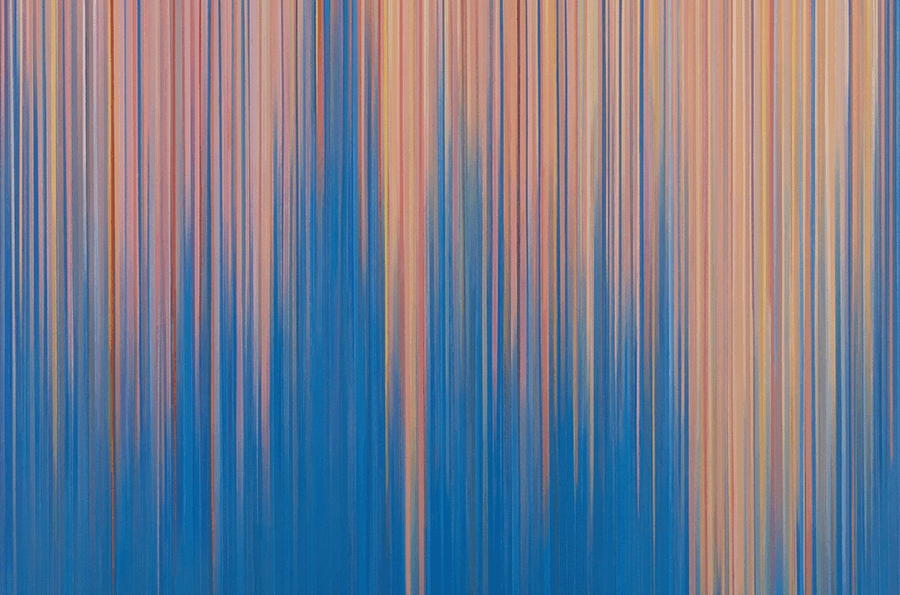
In my latest paintings, I am exploring the relationship between two aspects of my work that have fascinated me for years: linear formalism and naturalism. Namely, how to create a space that is both a formal system and a depiction of the natural world. Sometimes the relationship is expressed through a particular chromatic palette in a formal rhythm of lines. Sometimes the relationship is expressed through the literal fading away of a formal system into the surface of the canvas. I use thin glazes of oil pigment and gesso and smooth the surface with steel wool and sandpaper to achieve these effects, overlaid on an acrylic ground. These works are an expression of the twin aspects of formalism and naturalism and how to create a space where they coexist.
Bernard Burke
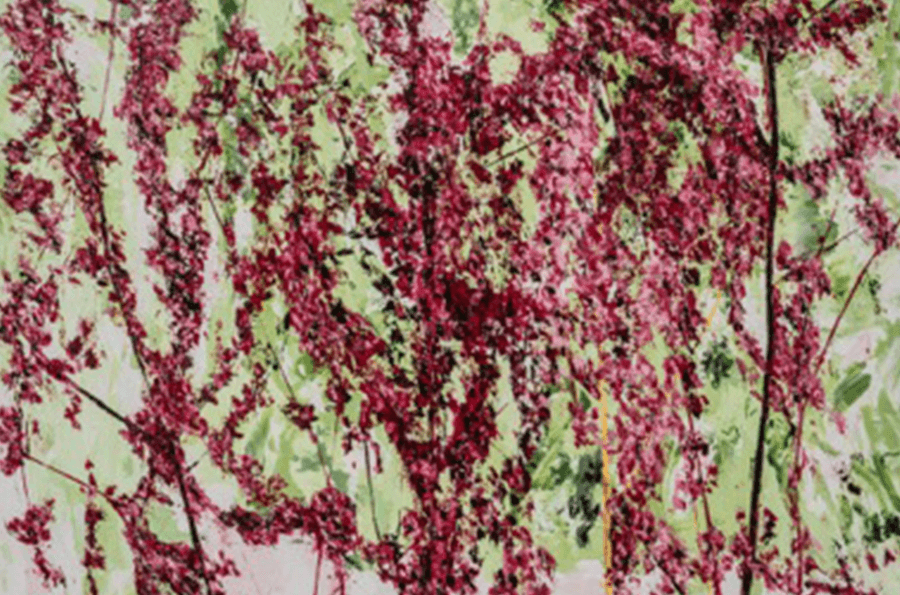
My paintings explore the colours, textures and shapes and patterns of nature. Trees, grass, leaves, the sea, seaweed, glaciers, mountains, waterfalls are all subjects of my works. My paintings are all based on real locations and I use photography to help recreate nature in my studio. Bernard will be exhibiting in Huy, Belgium on 11th, 12th and 13th October 2019.
John Darnell
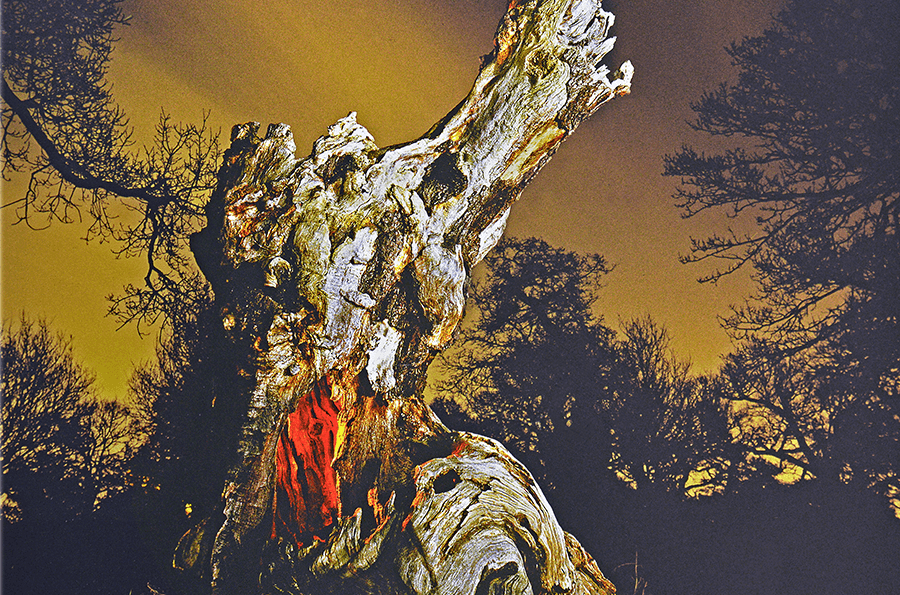
Photography has seen many changes, form those days of film... and hours spent in the darkroom, to digital cameras and hours spent on computers. “But whatever the changes the fundamentals remain the same. It begins with the light and the vision, then finding the image through the lens. What follows is not only trying to recreate the first impression but also how that image plays on the imagination and the picture that develops."
Jenny Eadon
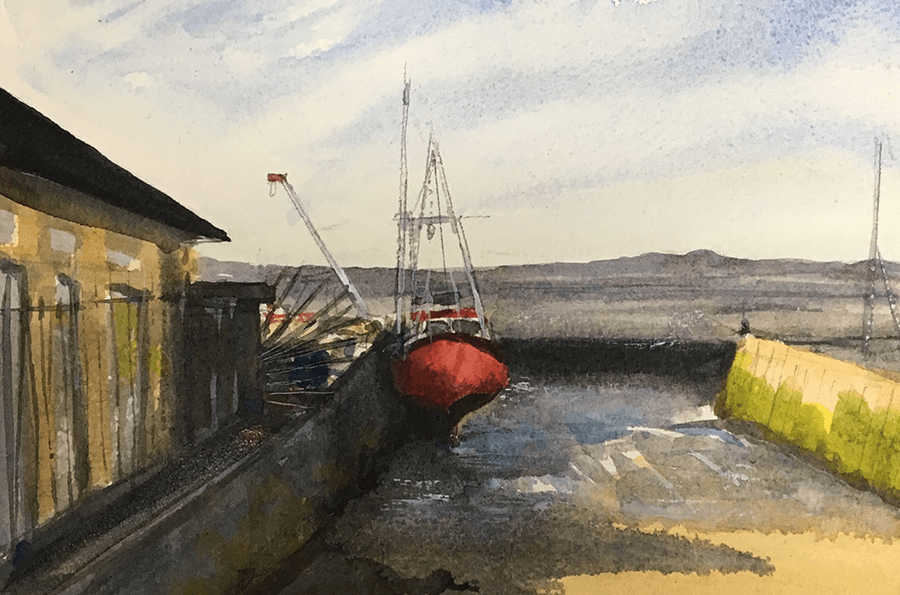
I always have a sketch pad, pen and wash with me so when I am caught by a scene or struck by the light, composition or colours of a place, I can try to capture it. I also usually take a photo to remind me sketches have to be done very quickly sometimes. These are then worked on in the studio using, oil paint, acrylic, watercolour or pen, and ink.
Michelle Elwell

Michelle Elwell is a London based artist who creates digital artworks inspired by the ephemeral beauty of flowers. Her vibrant and ethereal images capture the beauty and grace of flowers in a unique way. Her photographs are digitally enhanced giving these transient and fragile flowers a renewed permanence.
Robert Frankel
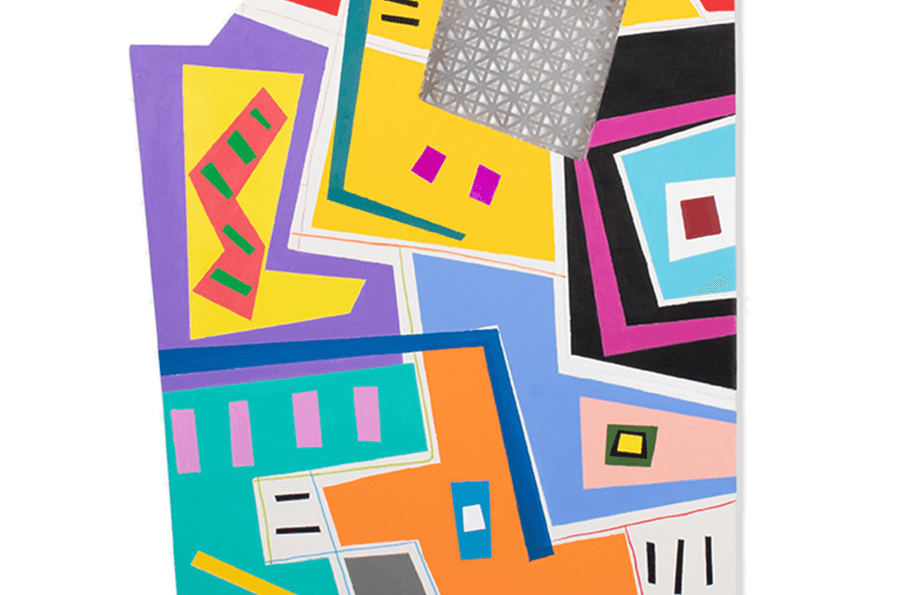
I LIKE TO NOTICE THINGS: patterns of cracks on the street, colors of sprinkles scattered across the white icing on a doughnut, the texture of peeling bark. I try to use my brush to capture the tension between patterns, colors, and textures. If I am successful, those who view my work will feel the same joy I feel when creating it. As a self-taught artist, I have spent over 20 years exploring painting and wood sculpting. I have exhibited in a number of galleries and shows across the United States.
Kosala Gunasinghe
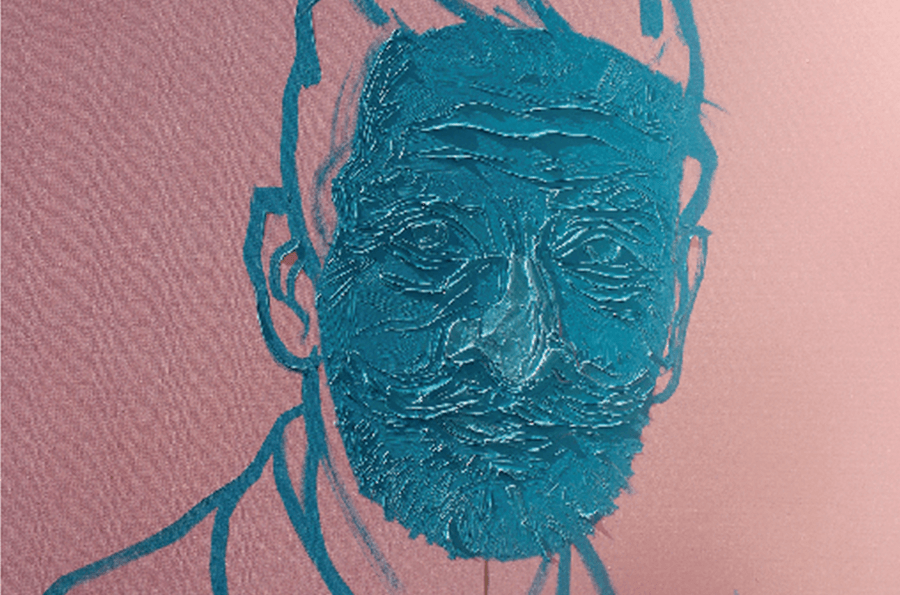
With the evolution of photography, portraiture was an endangered art, but I’ve always been more drawn to portraits than any other types of painting. A human face is complex and changes constantly with mood. When we meet someone, we look at their face to read their emotions and to understand their personality. As an artist, I like to challenge myself, that’s why I’ve never liked doing portraits in a traditional way. I tend to start with short sketchy strokes to capture the essence of the subject's features. Then I use large vividly-coloured brushstrokes or through paint directly onto the canvas to add movement and energy so that the whole piece becomes more dynamic and engaging.
Elisabeth Hadley
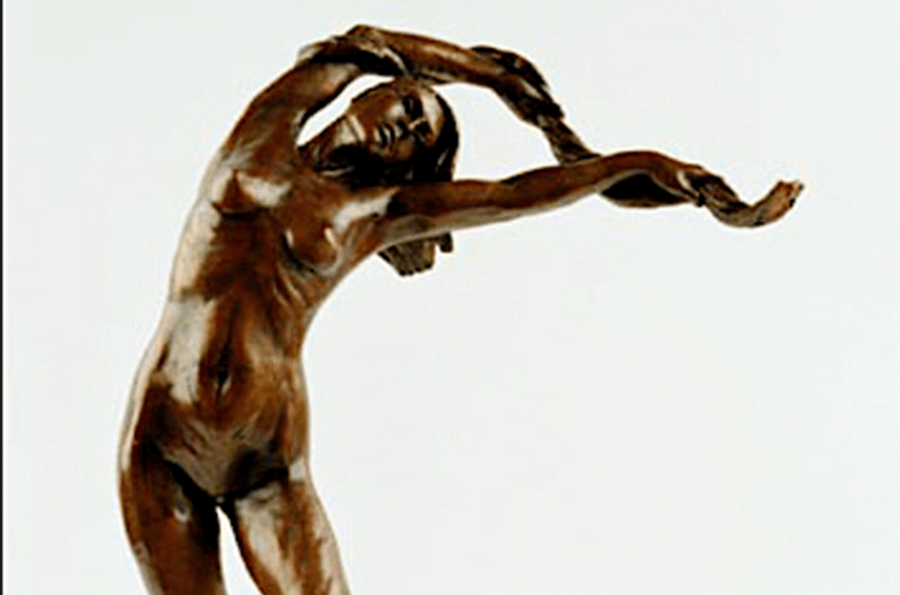
Though Elisabeth was born and bred in Yorkshire she now lives in Devon. In her studio, she sculpts beautiful, graceful and sensual figures, which she then has cast into limited edition bronzes. Elisabeth is inspired by mythology, Greek myths are found woven into her sculptures. Also she lives close to the sea and when not sculpting will be found out kayaking, she feels her love of being out on the water and so close to nature is what sparks her interest in all those ancient gods and goddess.
Aylel Heydarova
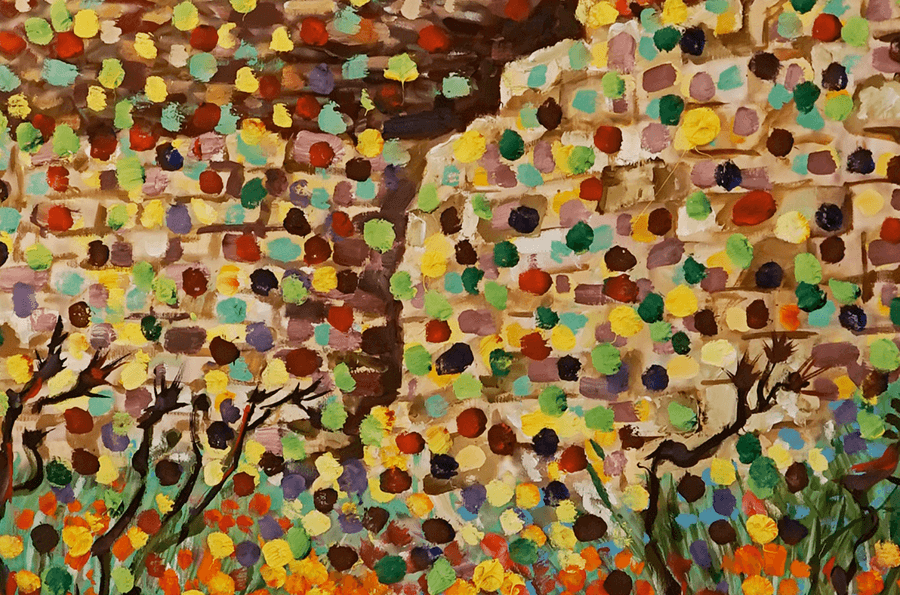
I practised many different techniques. Over the last two years, I have chosen a pointillistic style as my favourite. Most of the time I work on classical canvases. However, in 2013, I created a new style of flat sculptural painting where the sculpture is made from wood and stretched onto the canvas. It is difficult to judge oneself, however, if there is a question then there has to be an answer too! My paintings are highly appreciated by spectators, who are usually overwhelmed by the bright colour, balance, and deep drawing that is coming from nowhere, whereas it is almost always such an exact depiction of reality. It is difficult to copy something that was not drawn by rule but has a soul that is unrepeatable.
Caroline Hall
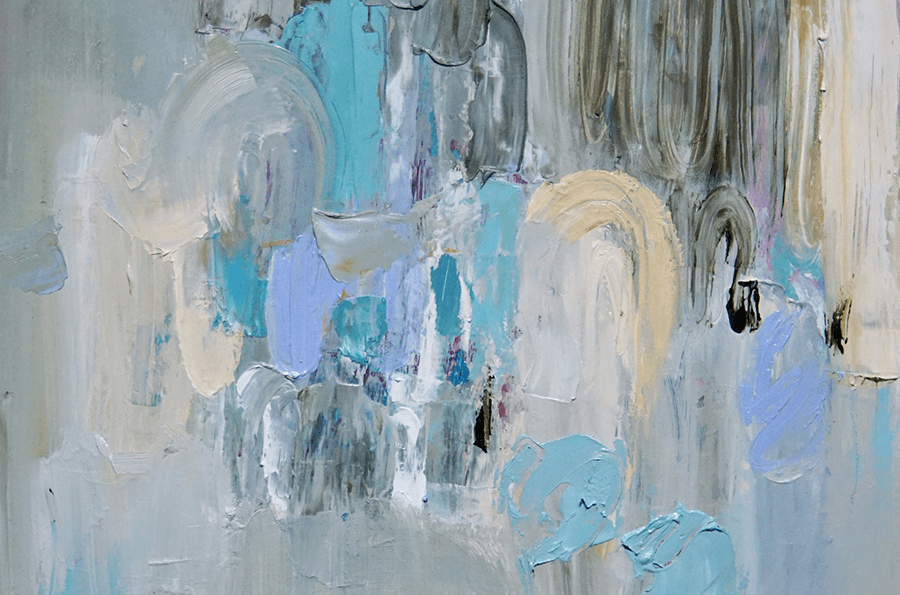
Caroline Hall graduated with a Masters in Painting just over 10 years ago. She was immediately named as an artist to watch by emerging arts specialists Degree Art. Since then her career has gone from strength to strength and in 2017 she was recognised with a major retrospective of her work at Southampton City Art Gallery, widely recognised as having the best contemporary art collection outside the Tate in London. Caroline is an artist who describes herself as constantly evolving. She has moved from pure abstract to landscapes that explore shape, line, colour, and movement. Her Ravel collection is the first series of paintings to focus entirely on one piece of music - Pavane for solo piano by Maurice Ravel. Each small painting is an echo of the music, exploring colour, texture, and mark as a response to melody, harmony, and rhythm.
Sarah Hudson
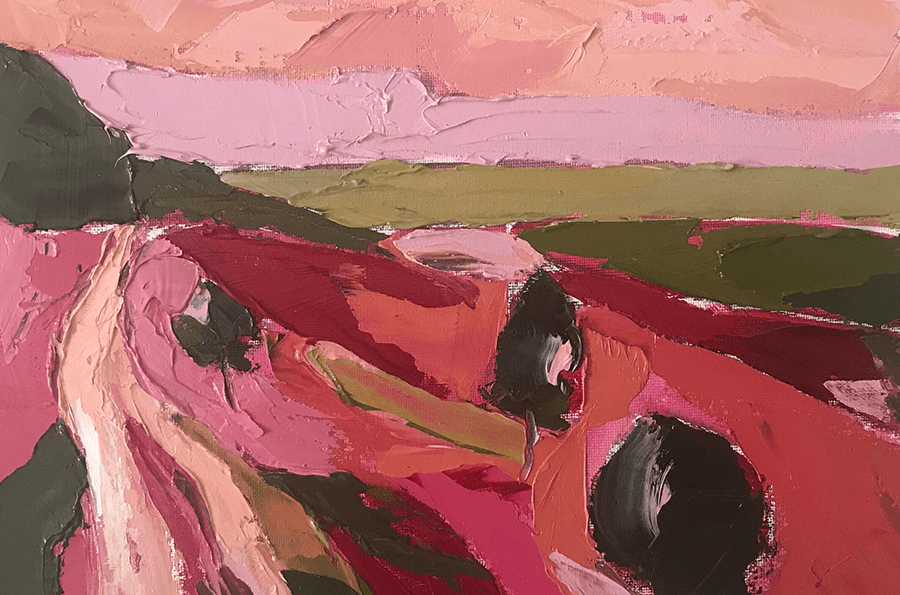
My passion lies in the landscape – being on the edge, experiencing wide, open spaces. But I am also drawn to more intimate landscapes where my aim is that my one thought leads the viewer to experience something bigger than might be presented. I work outside whenever possible, making colour and black-and-white sketches and painting en plein air, responding intuitively to the light and the landscape. Sometimes I complete the work there and other times use it for later work in my studio. I am rarely happier than perched up high in the wind trying to convey the glory of being there. I will be exhibiting at the Mall Galleries in August 2020 as part of a group landscape exhibition. #sarahhudsonartist
IRIS
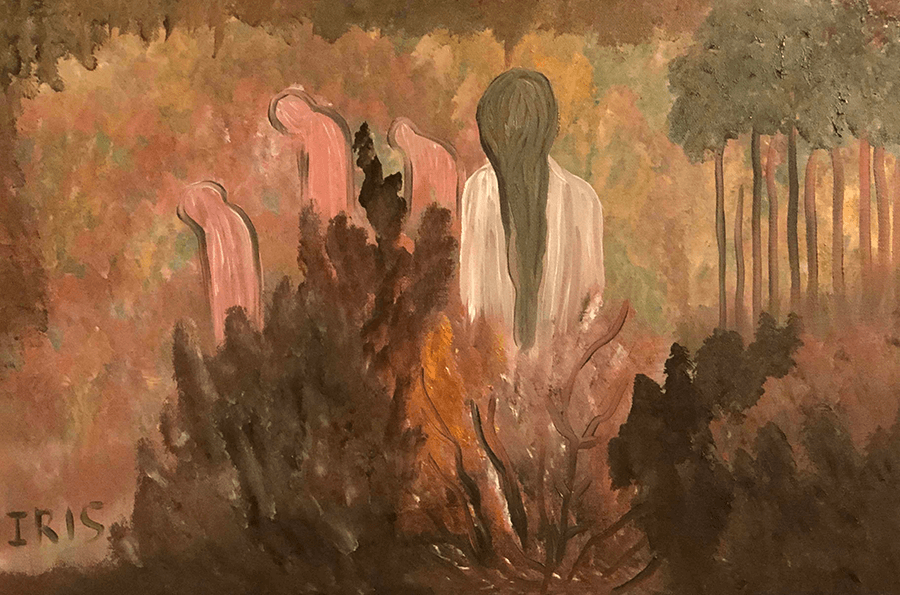
I have an inexhaustible supply of inspiration I divide my time between SW England and Greece, spending countless hours absorbed in my passion, which is painting. The genuine, emotive, sheer artistic force of my work emerges again and again in a unique, unparalleled way! My latest art exhibitions are in London, Los Angeles-California, Venice and Athens. My artworks have been exhibited in Herrick Gallery, Old Brompton Gallery, Anemoi Art Gallery, Brick Lane Gallery, Kensington Town Hall, Chelsea Town Hall in London. At Misericordia Archives and Pallazo Ca’ Zanardi in Venice, in Foshay Masonic Lodge in Los Angeles-California and Contemporary Space Athens. Moreover, my artworks have been displayed as billboard posters in Hyde Park & Regent’s Park Tube Station in London and at Grand Union Station in Los Angeles-California.
Christine Jamil
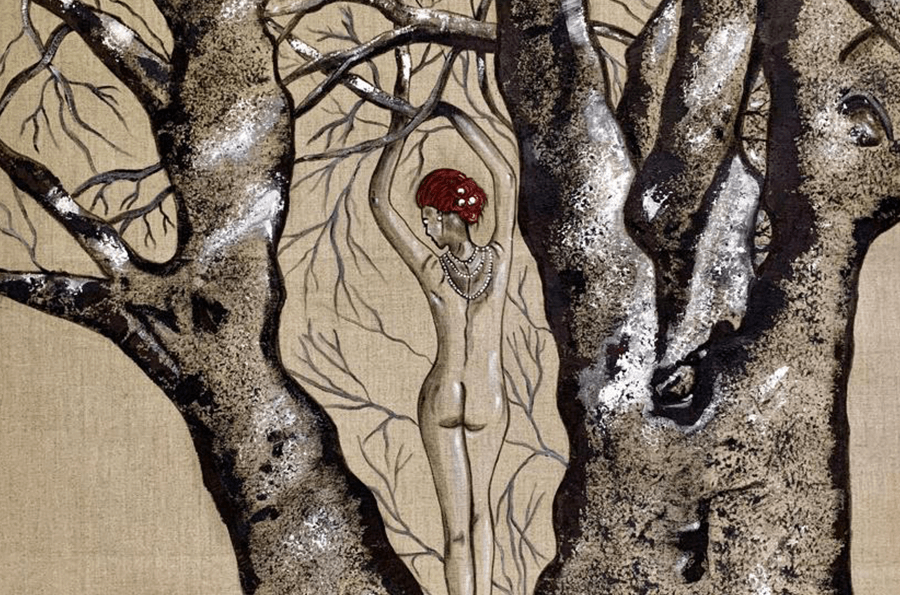
I was born in 1973 and I live in London UK. I started exploring art at an early age. Using all types of mediums and techniques including, watercolors, acrylic, and oil on canvas. I studied Art A’Level from 1991-1993 at Hampstead Comprehensive School London. And completed a Diploma in ‘Successful Interior Design’ and obtained a ‘Distinction’ at the Regents Academy of Fine Arts, in 1997. “Painting is my Passion; my motivation to paint is simply LOVE.” “I paint how I feel not what I see, it’s deep emotions and feelings that drive me to paint.
Ana Junko
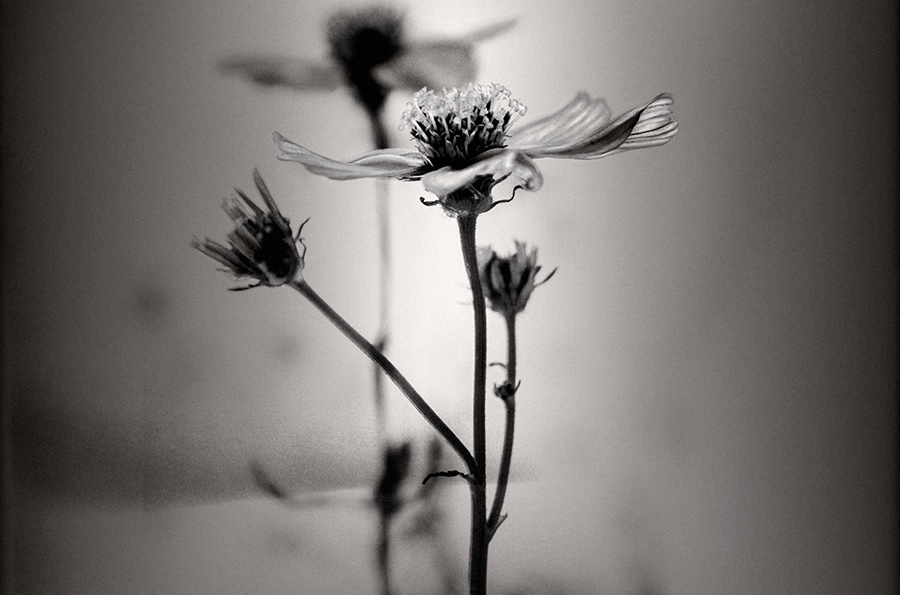
I study art in Oviedo art school, drawing, painting, and I started studying photography in the dark room. My beginnings with the chemical photo influence my images. My monochromatic photographs are washed in elements of over-exposure, negative space and shadows, shadows are silence and mystery. The hymn to silene series raises thoughts about time, is my visual language, a way of communication.
Valerie Kaufmann
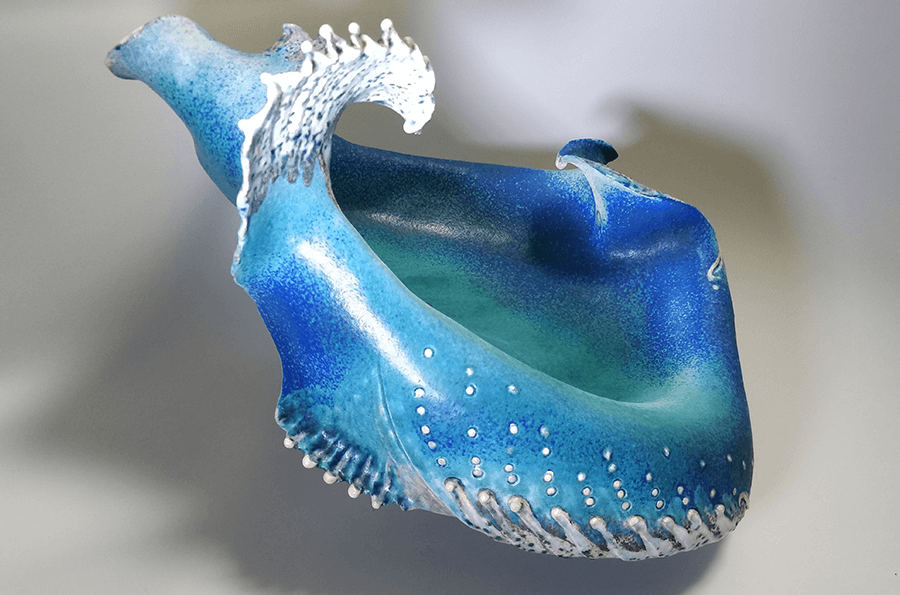
Valerie has lived in Kew since 1986 and works in her garden studio, since gaining a Fine Art Diploma in Sculpture, Valerie has continued to create sculptural work. She likes to portray her impressions of the natural world sometimes combining movement of growth with power of the sea or figurative imagery. Each piece is unique, “I like the way the natural forms grow and develop as I work. Many of my sculptural vessels are influenced by sea creatures and the motion of waves.”
Sarah Lim
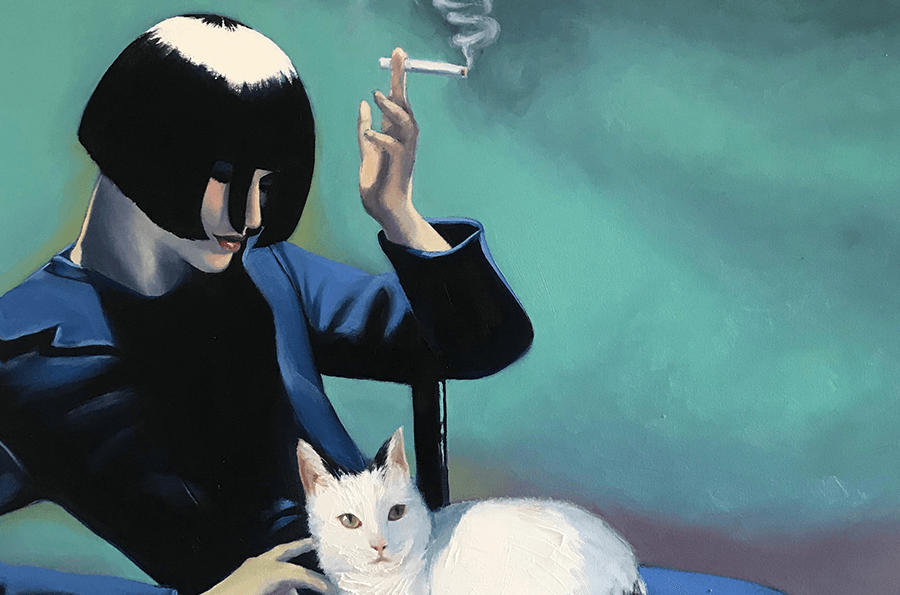
Sarah Lim-Murray had a multi-disciplinary training when she was in Art college, from drawing, design, embroidery, painting, sculpturing to stain glass. Originally from Singapore, she obtained a diploma in Art and Design before moving to London where she graduated with a BA(Hons) in Central St Martins. Painting has always been her passion but her career has taken the path of an Art Director in advertising. She is working on steering it back into making the art she loves. Her current favorite medium is oil, using the classic style oil painting techniques to create contemporary pieces.
Martyn Royce
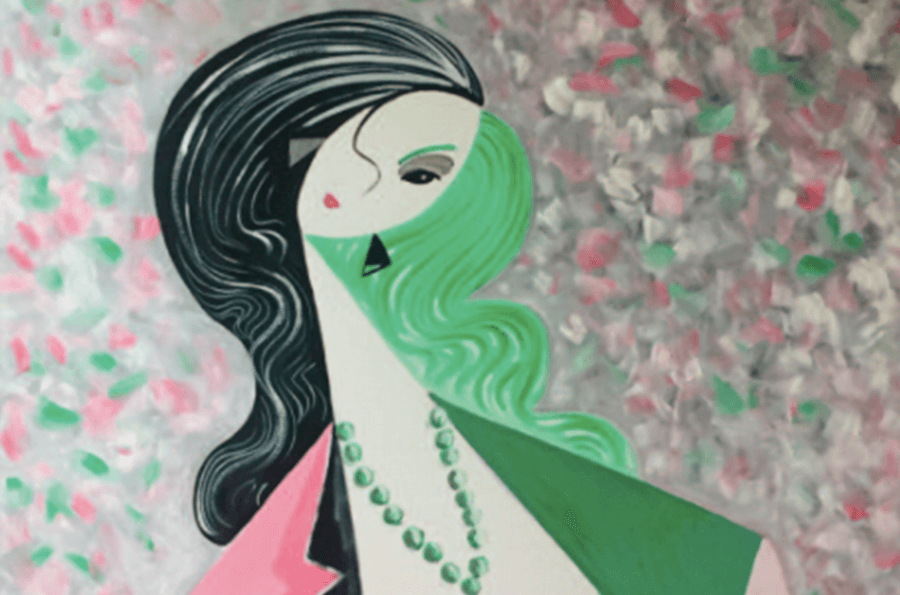
Martyn Royce is a contemporary painter who lives and works in London, England. His paintings express feelings, experiences and emotions. Often exploring a visually exciting world of dreams, hopes, fantasies and reflections. Martyn’s work is thought-provoking, memorable, and has been shown worldwide. The paintings are usually expressed as asymmetrical compositions in large-format oil on canvas works, often employing vibrant, saturated colours. Dramatic figures and motifs are shown in imaginary or shimmering, dancing spaces.
John Ryan
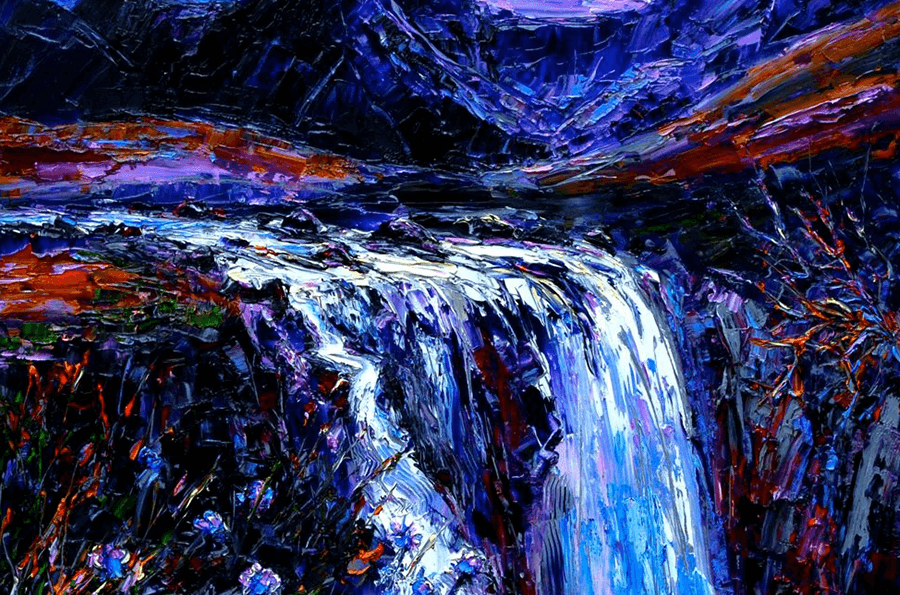
John Ryan was born in Glasgow and started his schooling on the West Coast of Scotland, completing his education at Ealing School of Art. A successful designer, he won a Design Council Award and lectured at several universities and the Royal College of Art whilst running his own design practice. In 2008 he made the conscious decision to paint full time and restrict his portfolio to the Scottish landscape which he had explored in depth over many years as a mountaineer, photographer, and artist. Working in vibrant primary oil colour he applies the oil with a painting knife. His knowledge of the subject, deep understanding of the environment and strong emotional response to the Scottish landscape imbue his painting. His work is an exciting celebration of the rich landscape and is held in private collections at both home and abroad.
Anna Simms
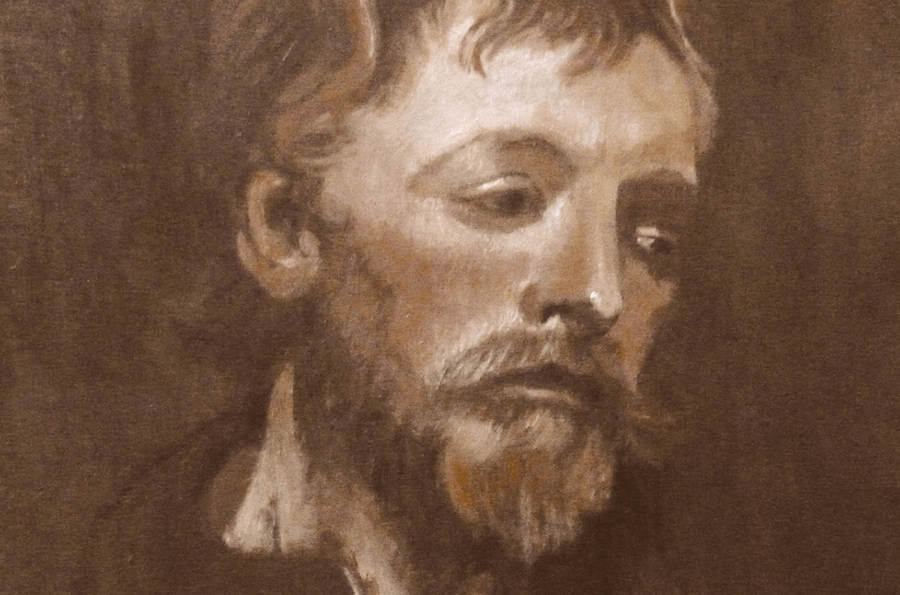
Miniature old master studies is a collection of my most recent work. Studying great artists to learn their techniques and style of painting has helped in my artistic development. Producing small studies of details in miniature has proved a popular way of looking at a famous piece of art in another way.
Mark Sofilas
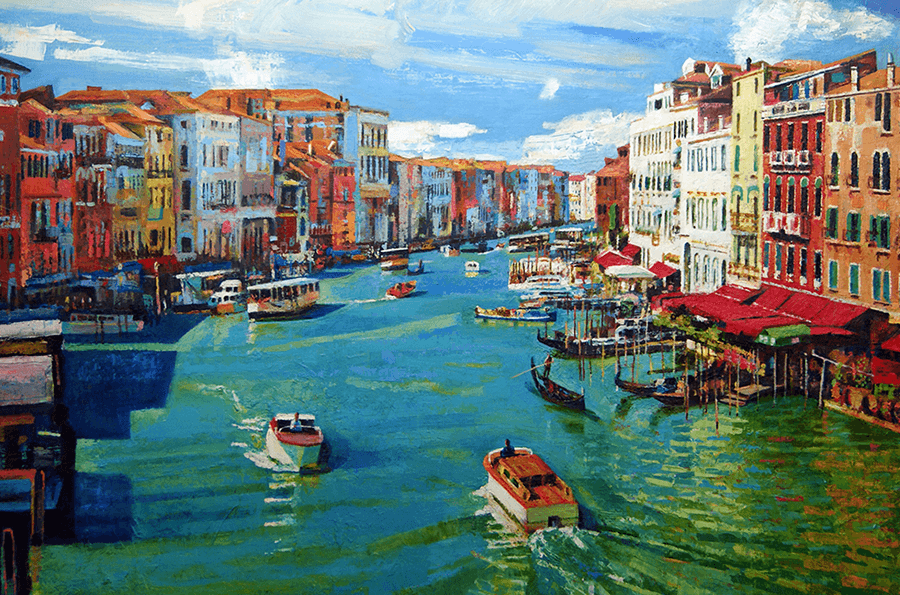
Mark Sofilas was born in Western Australia in 1961. After obtaining his diploma in graphic design (specialising in illustration), Mark began his professional career in 1981 as a freelance commercial artist. Having worked as an illustrator/artist for over 25 years, Mark relocated to the UK in 2008 where he now paints full time from his studio in Leeds. Mark’s paintings are inspired by the idiosyncrasies of the northern English coast & countryside, bringing to his work the perspective of someone who originates from a very different landscape. Mark works primarily in oils and enjoys exploring textures, colour and intrinsic geometry of the natural world. His use of colour is bold, direct and challenges the viewer to consider familiar landscape in a very different way.
Pedro Sousa Louro
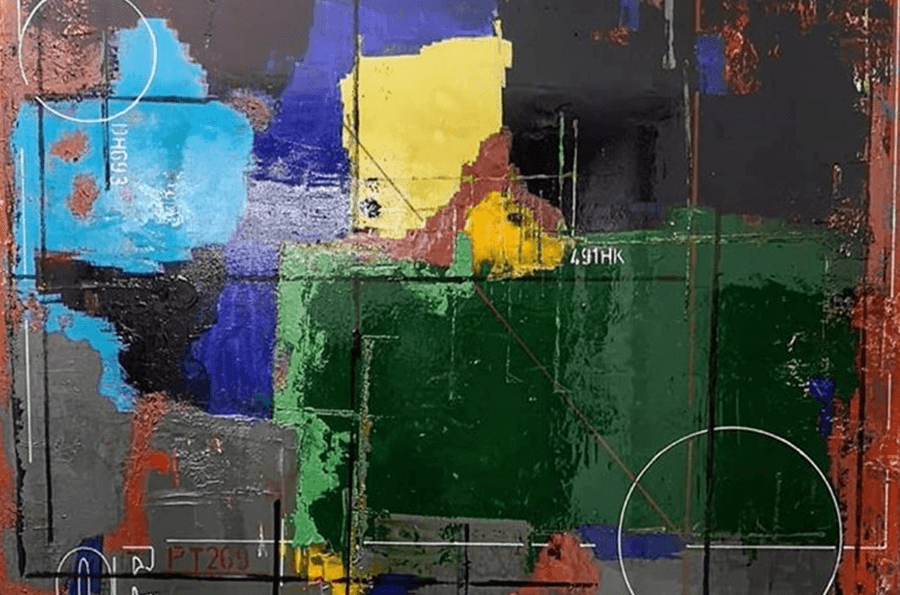
Pedro is originally from Portugal and moved to the UK over 28 years ago to study his passion of art. He is inspired by his favourite artist Francis Bacon, it's from them that he finds himself creating his work. In Pedro's works you can see the evolution in his dialogue with colours and geometry. Despite his preferences about the contemporary artist, like Francis Bacon, his reminiscence comes from the neoplasticism of Mondrian and Ben Nickolson, and in some ways Picasso. Cubism has been part of his life during the early years of his art, in his more works he finds himself combining both cubism and abstract expressionism to create his work. He uses the technique of dropping, used by Pollock, but with the order and sense of Rothko.
Georgia Sugg

My passion is to create aesthetically pleasing art, the kind you can stare at for hours and always find new aspects to spark your imagination. Abstract art no longer has to mean simple, it can be daring and detailed. I take a lot of inspiration from nature and therefore have developed techniques that use the Earth’s natural movement of gravity to create my work. From biological cells to river deltas, the beauty of these pieces really is in the eye of the beholder. I graduated with a degree in Geography from the University of Bristol last year and knew I wanted to get back to my artistic routes. The chemistry and consistency of the paints used play a key role in how it moves around the canvas.
Kathryn Thomas
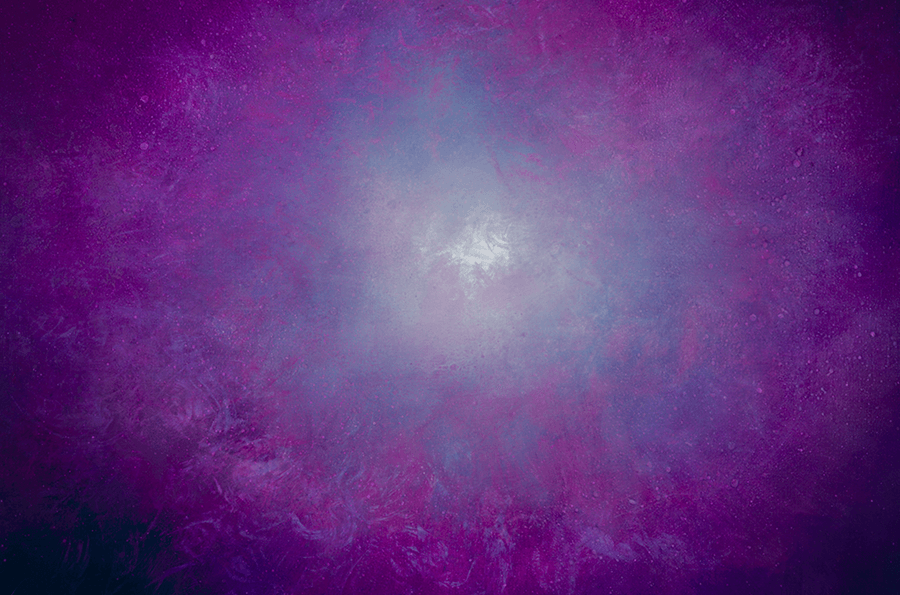
Kathryn is no astronomer, neither does she profess to be a photographer. Nevertheless, each of the paintings in her ‘Wonderment’ collection might carry the subtext, ‘This is not a photograph’ such is the realism displayed in her portrayal of galaxies, planets and the northern lights. This is not an entirely new venture for her as it was her Nightlight paintings which first displayed her fascination with space. But ‘Wonderment’ shows significant development in her technique and understanding of celestial bodies whilst also borrowing elements of her ‘Kaleidoscopic’ and ‘Contemplation’ painting collections
Danilo Valentini
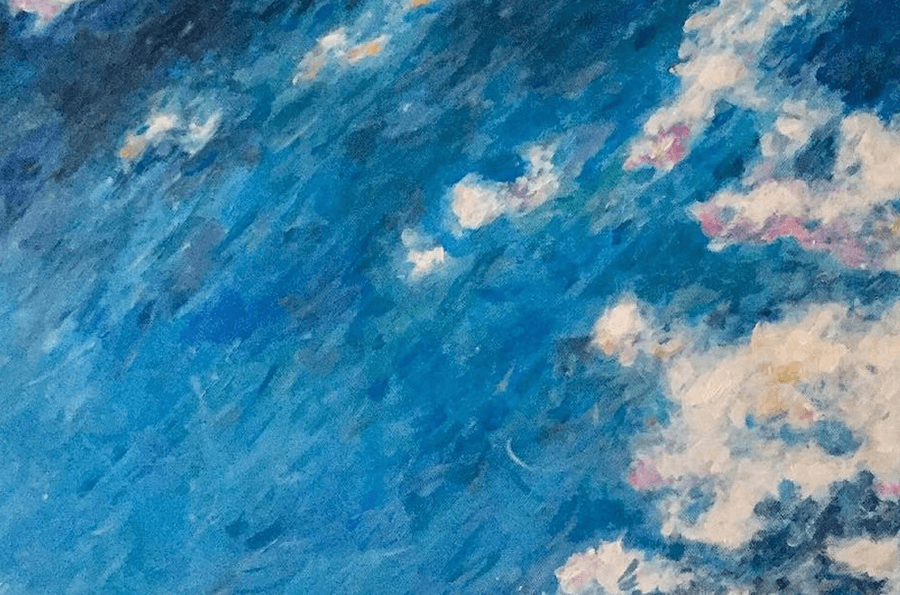
In creating my art, I try to do my best to stimulate the viewer’s imagination through the use of pure colour and simple shapes, the elements of my childhood reproduced and reimagined by my aesthetic intuition. I am also interested in suggesting to the viewer a variety of possible interpretative paths in my paintings, rather than overly imposing any particular one. My style ranges from the purely realistic to what I term the abstract figurative. I am drawn to the representation of natural settings that, like a fantasy, intersect and interact with elements of abstraction.
Trixie Walker
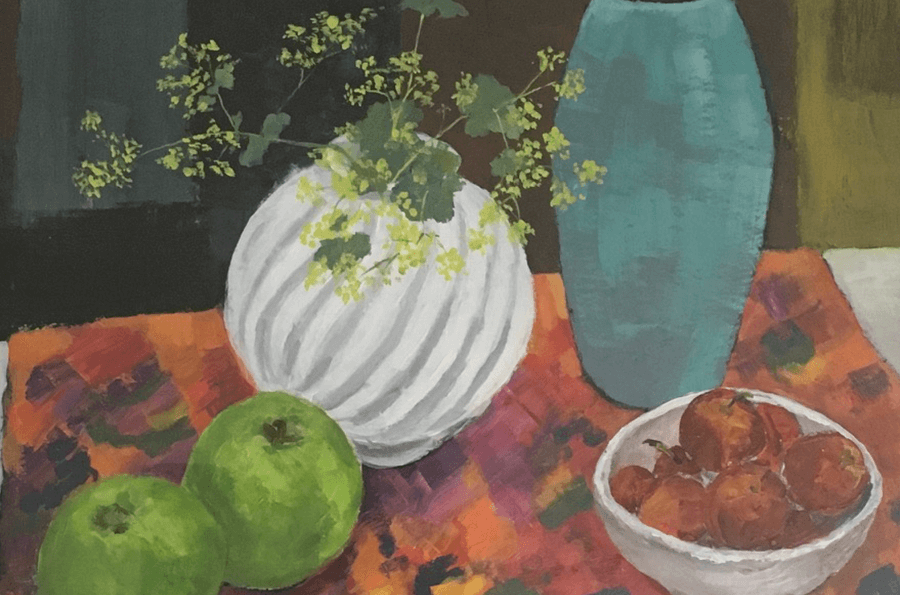
When I was about 9 I won an inter-school art competition. My mother died around that time and I became fascinated with the idea of painting. I remember my father on his bike, riding before me through town, me on a borrowed bike, to introduce me to a group of elderly ladies (they seemed very old to me) who met once a week to draw and paint together. They encouraged me, and I continued to draw and paint with them one evening a week for several years. I loved it. After grammar school I went to Farnham art school, but for one reason and another I didn’t complete the course. Some 10 years ago my husband suggested I start painting again, and I haven’t really stopped since. I take painting holidays and workshops tutored by Fiona Graham Mackay, am currently a student at the School of Art and Well-being near Honiton, Devon and take part in several exhibitions each year. I lose myself when I paint. Sometimes painting is a painful process, other times I feel joyous - and then anything else is an unwanted distraction.
Jo Willis
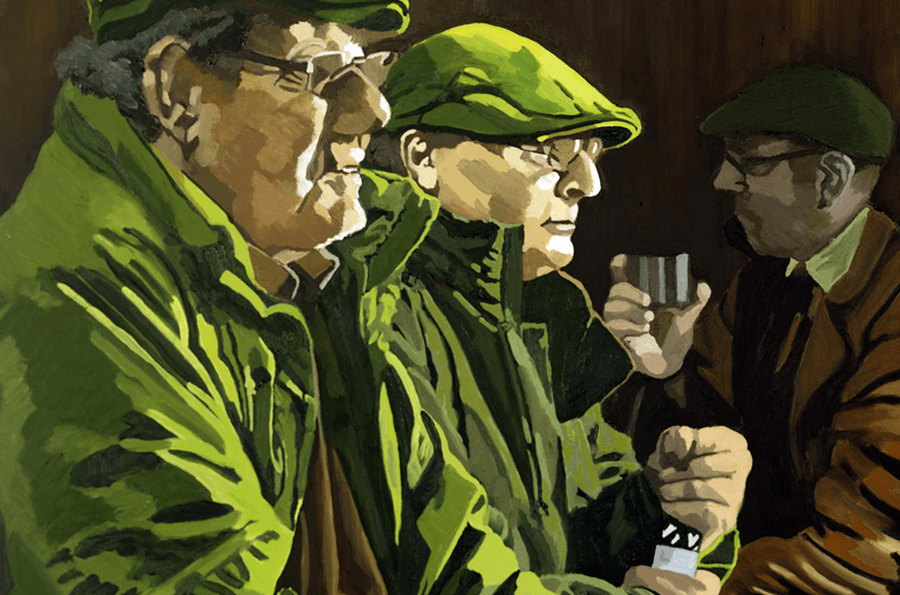
I am an oil painter based in West Sussex. I paint a wide range of subjects from contemporary landscapes which capture light, colour, and texture to life studies, large of people, which exhibit a graphic quality, focusing on tone and composition. I often work from black and white historic photographs, capturing the nostalgia of the time but in a contemporary style and limited colour palette. I have recently painted old livestock markets and other English countryside subjects including herds of cows and hounds. I have exhibited in Sussex, Surrey, Berkshire, Kent and at the Mall Galleries, London.
Richard Young
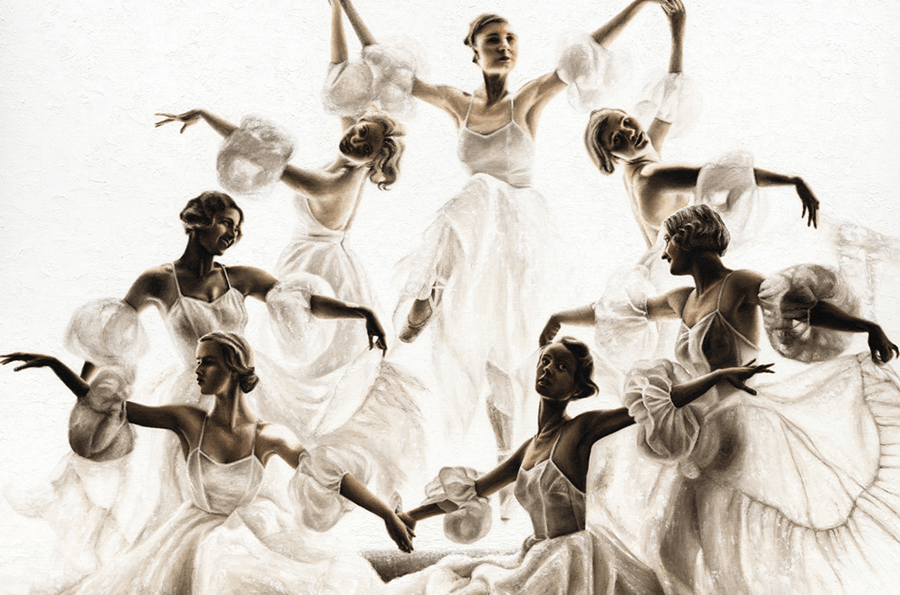
Richard is a largely self-taught professional Artist, born in Yorkshire and having recently relocated to Reading. The style of his artwork is a modern, yet classical/traditional and occasionally contemporary. The compositions are influenced by the realism and romanticism of his favorite post renaissance classical Masters and their timeless masterpieces. Predominantly figurative, He aims to capture a carefully composed mood, atmosphere, drama, passion, and emotion of the performance in a frozen realism, rather than a portrait of the performers themselves.